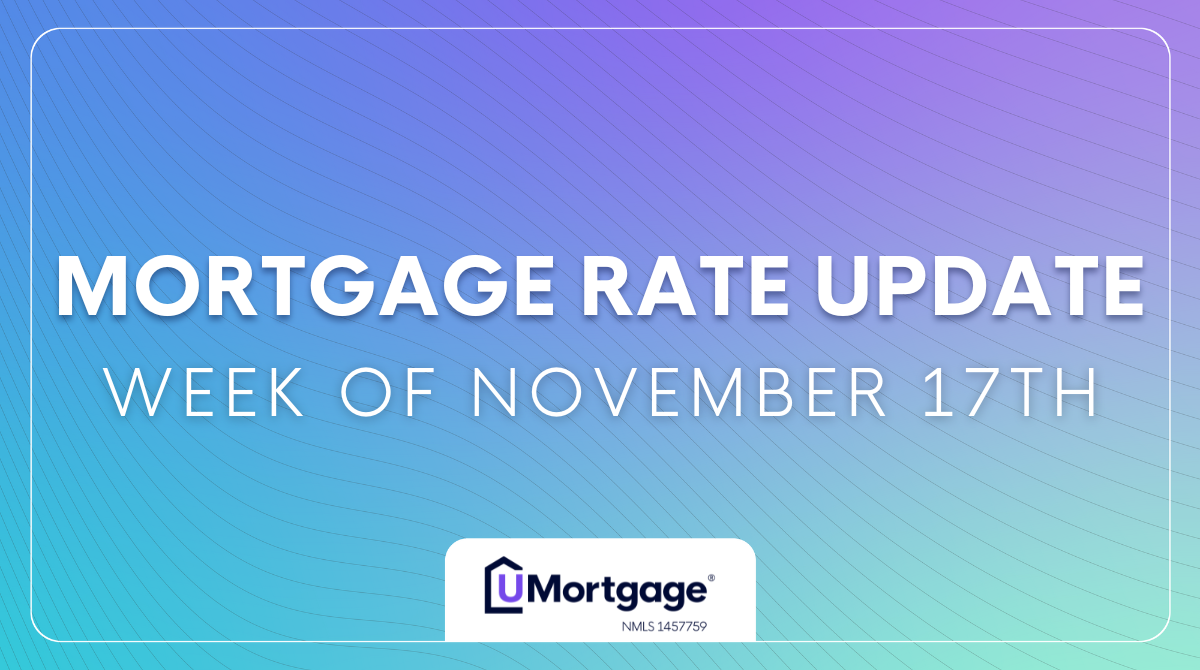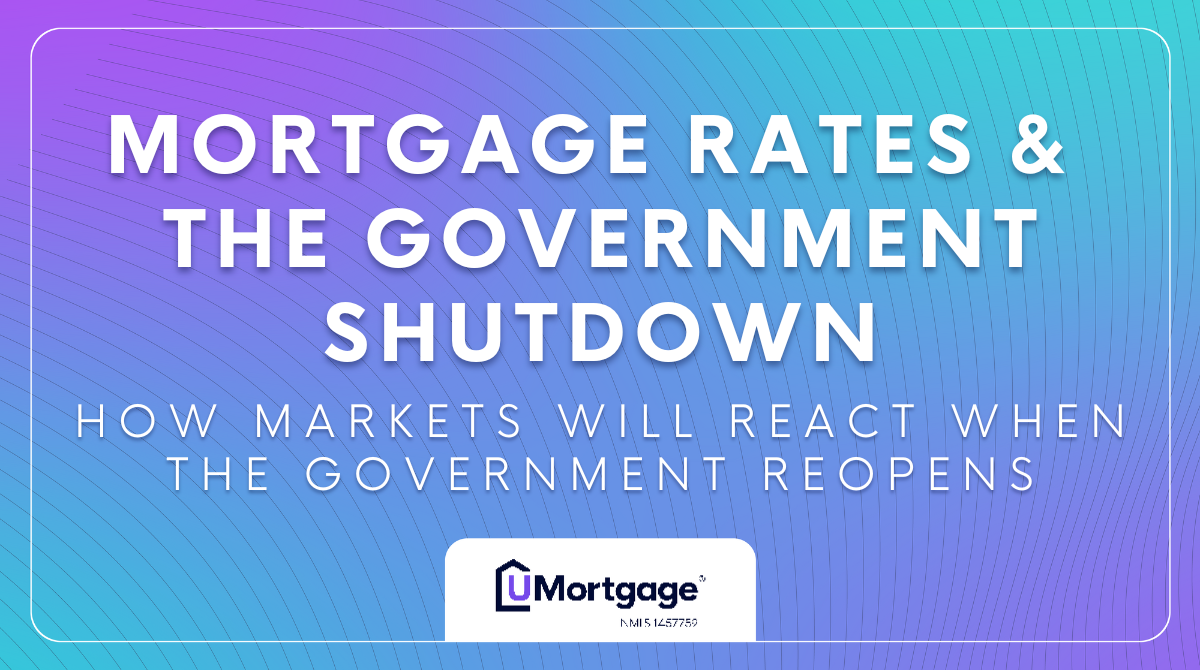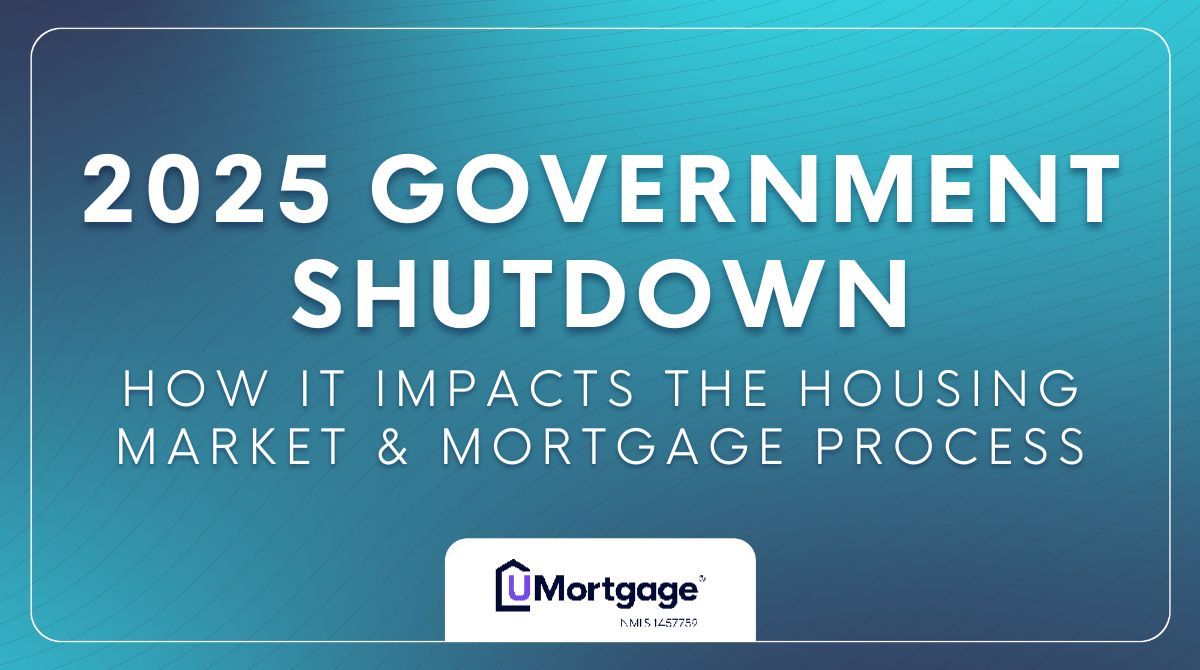

Ty Downing
Meet Ty!
A Florida native, Ty Downing was born and raised in the Tampa Bay area. Ty joined the US Navy in 2009 and was stationed at NAS Jacksonville where he served for 11 years as a Naval Aircrewman. After four deployments, he decided to transition to a training consultant role for the Navy, which allowed him to start a family. During his time in the service, he also received his Bachelors in Business and Minor in Finance from Columbia College of Missouri, and was also selected to attend the University of Florida’s Professional MBA Program. Ty has always had a passion for real estate and values building relationships with his customers and— more than anything— wants to help others, especially other service members, through the homebuying process. Ty believes in honesty, communication, and doing what’s right for the customer. His number one priority is following the golden rule: treating his customers how he and his family want to be treated. In his free time, Ty enjoys spending time with his wife and son, and sneaking away to the golf course when he can. Him and his family love to go on vacation, especially to the House of the Mouse, and they never miss Sunday Football (Go Broncos!) or a Chelsea Futbol match.
Serving Homebuyers In:
- Colorado
- Florida
- Georgia
- Minnesota
- Missouri
- North Carolina
Mortgage Calculators
Monthly Payment
Find your monthly payment
What does a monthly mortgage payment look like for you? Get an estimate with some basic information.
Estimated Monthly Payment
The UMortgage mortgage calculators are for estimation purposes only. This is not a commitment to lend. For an exact quote based on your individual financial circumstances, please contact me.
Affordability
What is your budget?
Curious about how much you can afford to spend on a home? Use our calculator to get an estimate on your maximum budget.
Maximum Home Price
Maximum Monthly Payment
The UMortgage mortgage calculators are for estimation purposes only. This is not a commitment to lend. For an exact quote based on your individual financial circumstances, please contact me.
Refinance
Should you Refinance?
Refinancing might save money on your monthly mortgage payments, putting cash in your pocket. With some basic information from you, we can help decide if this is a good path for you.
Monthly Savings
Total Savings
The UMortgage mortgage calculators are for estimation purposes only. This is not a commitment to lend. For an exact quote based on your individual financial circumstances, please contact me.
VA Entitlement & Payments
Discover Your Buying Power With Our VA Home Loan Calculator!
If you are a veteran, an active-duty member of the military, or the spouse of a current or former military member, you are eligible to purchase a home with your VA home loan benefit! By using the calculator below, you can get a glimpse into your buying power and the estimated monthly payment of your VA loan as you start planning your homebuying journey.
Estimated Monthly Payment
Required Down Payment
Limit
$0
Entitlement Used
$0
Available Entitlement
$0
No Limit
How is my monthly payment calculated?
The UMortgage mortgage calculators are for estimation purposes only. This is not a commitment to lend. For an exact quote based on your individual financial circumstances, please contact me.
Your Mortgage Questions, Answered!

Housing Market Update | Week of November 17th
The government has officially reopened, and later this week, we’ll finally see the return of the labor data we missed last month. This Thursday, the BLS will release its September nonfarm payroll report, which was initially scheduled for release on October 3rd. Because this jobs report will cover September job creation/losses, it likely won’t make or break the Fed’s decision in its December 10th meeting. However, after several hawkish Fed speeches last week (which have reduced market expectations of a December cut), some weak labor data could steer the bond market lower and help loosen rates slightly. Last Week's Mortgage Rate Recap Rates Rose Slightly The most significant news from last week was the Senate and House sessions, where they ultimately voted to pass the spending bill and reopen the government. Read this blog for dates to watch and the market impact expected in the coming weeks, now that the shutdown is over. With the government reopened, we’re set to see the slow trickle of labor and inflation data delayed by the shutdown. Despite lacking this data, which has always driven the Fed’s monetary policy, the 10-year and mortgage rates rose slightly last week. Several factors contribute to this, the most quantifiable being hawkish speeches by Fed officials about another rate cut in December. Many hinted that they aren’t concerned with the labor market. However, there have been several reports of mass layoffs at major companies like Amazon and Verizon over the past month. When you also consider government furloughs caused by the shutdown, which should be reflected in the October BLS report, Fed sentiment could shift quickly. This Week's Mortgage Rate Forecast Rates Could Be Volatile Like we alluded to earlier, we’re set to see the return of some crucial labor market data this week, namely the September BLS report and the weekly initial jobless claims report. With market expectations shifting away from a third consecutive rate cut in December due to Fed members’ rhetoric on the labor market, this labor data could serve as a reality check. While we’ve missed two monthly labor reports, we’ve also seen headlines and private payroll data suggesting the labor market is worsening. Last week’s ADP weekly employment data showed an average of 11,250 job losses late last month. So, if this data starts to reflect in our backlogged October and soon-to-come November BLS reports, we should see market sentiment shift and rates drop. However, that may not be until later this month or early next month. If you have any questions or want some real-time market analysis from a mortgage expert, follow this link to connect with a UMortgage Loan Originator near you!

What Happens to Mortgage Rates When the Government Shutdown Ends?
The longest government shutdown in U.S. history looks set to end in the coming days, bringing long-awaited clarity to financial markets that have been flying blind since October 1. For more than six weeks, key government agencies haven’t released critical economic data, such as jobs reports and inflation readings, leaving the Federal Reserve and investors without their usual guideposts. As this data finally returns, we can expect market activity to pick back up and mortgage rates to start moving again. When Will Economic Data Be Released? The government shutdown delayed the release of several weekly & monthly economic reports essential to the Federal Reserve’s monetary policy, including the PCE and CPI inflation reports and the monthly BLS jobs report, which are typically the most impactful. When the shutdown ends, what happens to those reports? Let’s break it down. Consumer Price Index (CPI) inflation report: The September CPI report, originally scheduled for October 15, was released on October 24 as a requirement for Social Security cost-of-living adjustments. It showed core CPI increased by 0.3%. The October report was originally due on November 13th, but because that data hasn’t been collected yet, it will likely be delayed until December. The November report is due December 10th, and we could see the October print included. Bureau of Labor Statistics (BLS) Jobs Report: The September BLS jobs report was initially scheduled to be released on October 3rd. The data for this report were collected before the shutdown began, so it’s likely to be released between November 17 and 21. As for the October jobs report, the BLS will need to survey companies and individual households. We likely won’t get this report until December. The November BLS report is currently scheduled for release on December 5. The BLS surveys businesses and households for its monthly reports starting the week containing the 12th day of the month. Given that the government will reopen on November 17th, the November jobs report may be delayed by a week. Personal Consumption Expenditure (PCE) inflation report: It’s important to note that PCE is the Federal Reserve’s preferred inflation report. September’s PCE report was initially scheduled to be released on October 31st. It’s likely to be delayed until late this month. The October PCE report, initially due November 26th, will likely be delayed until mid-to-late December. How will rates move when this data is released? So far this year, the average mortgage rate has dropped by a full percentage point. What’s driven this drop has been a steadily deteriorating jobs market as seen from the BLS data since May this year. The Fed specifically cited the labor market as the reason for the rate cuts we saw in September and October. Inflation also remains a concern and will need to either drop or stay under relative control in the PCE and CPI reports. When these reports are released, we’ll likely see some market volatility. If the BLS labor data is weak and/or inflation doesn’t rise quickly, rates should go down. If the labor market shows signs of improvement or inflation starts to rise out of control, rates might rise. How to navigate the rate market for the rest of 2025 The best way to protect yourself against a volatile housing market is to work with experienced mortgage professionals whom you can trust. UMortgage has Loan Originators licensed nationwide and ready to help you time the market & maximize the wealth-building benefits of homeownership. Ready to get started? Fill out this form to get connected with a Loan Originator near you.

How the 2025 Government Shutdown Affects the Housing Market
On October 1st, 2025, a shutdown of the federal government began. Believe it or not, government shutdowns can have a multifaceted impact on the housing industry and mortgages. To help you be prepared and stay in the know, here’s how the mortgage process and the housing market are affected. Quick Answer Closings haven’t stopped, but some files will move more slowly. FHA and VA are largely operating (with some limits), conventional loans continue to move under GSE guidance, USDA loans for new approvals are paused, and a lapse in the National Flood Insurance Program (NFIP) can block some flood-zone closings. Key economic reports are delayed, which can make mortgage rates prone to increased volatility when the shutdown ends. How a Government Shutdown Impacts Mortgage Rates During a shutdown, we get a “data blackout” from federal statistical agencies. For example, the September BLS labor report, which is typically one of the bigger market movers, was not released as scheduled on October 3rd. Other reports have been delayed; for example, our September CPI inflation report has been pushed to October 24, 2025. With no economic data leading up to our next Fed Meeting on October 29, the markets can’t fully forecast whether the Fed will cut, which could result in fewer gradual movements and more rate swings. Loan Programs: What’s Running and What’s Slowed Non-government-backed loan programs, such as Conventional Loans, will not be impacted by the government shutdown. Specific government-backed programs, like FHA loans and VA loans, are largely unaffected, but delays may occur. This shutdown most heavily impacts USDA loans. USDA Rural Development’s Single-Family Housing Guaranteed Loan Program largely pauses new activity. If a valid conditional commitment was already issued, some closings may proceed; otherwise, new USDA approvals will wait until staff return. National Flood Insurance Program (NFIP) The NFIP’s authority lapsed on September 30, 2025. Existing policies remain in force until expiration, but because of the shutdown, no new or renewed NFIP policies can be issued during the lapse. This can halt closings in flood zones that require NFIP coverage until reauthorization. Underwriting & Operations Delays If you’re a federal employee or contractor affected by a furlough, your loan may still be eligible. GSE guidance allows temporary flexibilities around employment verification; some files may need extra reserves if the shutdown extends. If you’re a prospective homebuyer wondering if a government shutdown will impact your homebuying or refinance process, or a real estate agent concerned with the impact this shutdown may have on your buyers, get in touch with a UMortgage Loan Originator for expert advice. They’ll be able to tell you how to navigate the market, act proactively to avoid delays, and find alternate solutions to help you close on time or as quickly as possible.
Serving Homebuyers In:
- Colorado
- Florida
- Georgia
- Minnesota
- Missouri
- North Carolina
